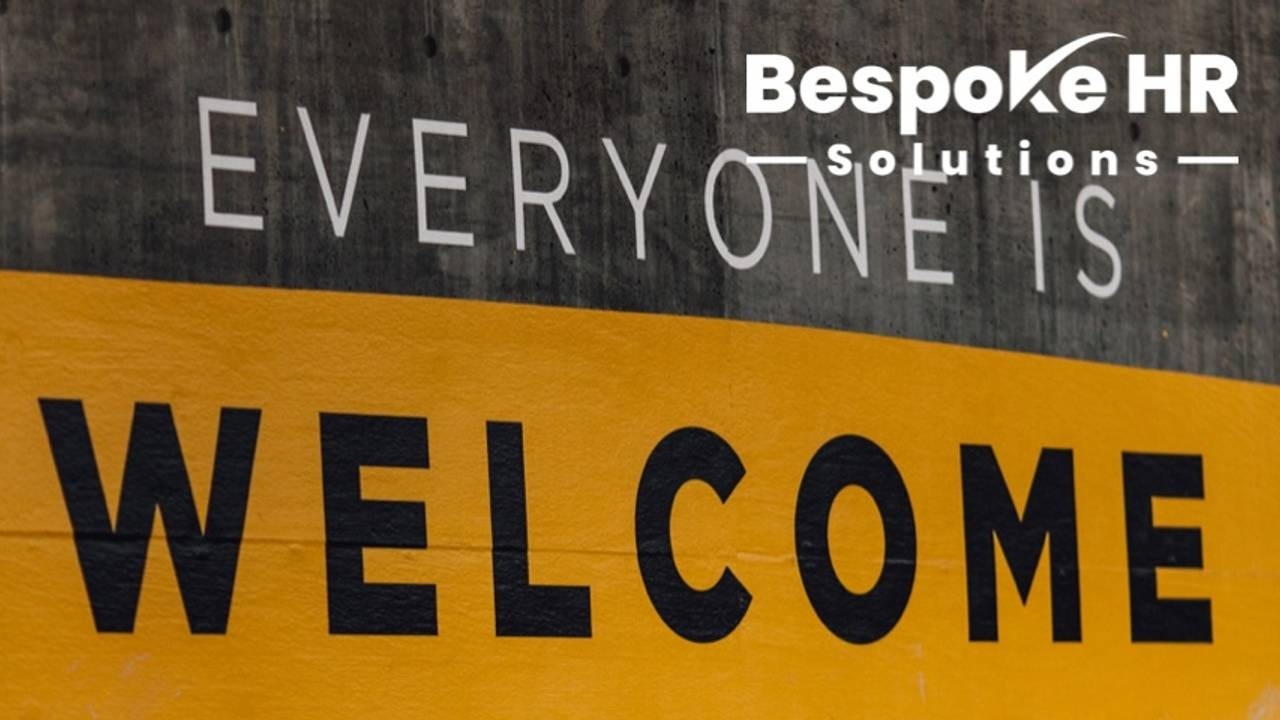
Diversity & Inclusion - What's all the noise about?
May 22, 2021The popularity of the term diversity and inclusion (D&I) has risen to ascendency in recent years, and it has done so for very good reason. This insight explores what D&I is, why it is of benefit to organisations and how to ensure you achieve it within your organisation.
Thinking about D&I
Vernā Myers, Vice President of Diversity and Inclusion at Netflix summarised D&I in the following way, “Diversity is being invited to the party. Inclusion is being asked to dance.” This statement clearly illustrates what D&I is and how it may look and feel in the workplace. The two differing but highly complementary terms encapsulate a topic that both society and organisations should be striving towards.
Why does it matter?
Apart from embracing the principles and practices of D&I being the only appropriate moral approach towards all aspects of society, there is also a robust business case for it too. Embracing diversity is anticipated to be one of the top seven most important competencies for success at work in the present day1. In addition, those working in diverse workplaces have been found to be more engaged2, and more productive3. Companies with higher levels of D&I are more likely to produce higher financial returns4 and diverse groups are more able to capture new business markets5, achieving this largely through innovation and solving problems faster than their competitors. This enables them to flex their agility and organisational adaptability in a fast paced and rapidly changing world.
In addition, it costs an estimated $47 billion each year to replace women who leave the workplace to have a baby, who then do not return to their roles afterwards6. Ensuring that workplaces are equipped to make reasonable adjustments for employees who need, or want them, will ensure that organisations are able to retain and attract the best talent. It may also increase brand image in the eyes of consumers, who are undoubtably now making more value-based decisions on where they spend their money. It is important for organisations to consider how they are enabling D&I at each D&I touch point.
D&I touch points
The D&I employee touch points can be illustrated as follows:

To accelerate the progress towards more diverse and inclusive workplaces, interventions can be embedded at every touchpoint. Evaluating how new roles will be promoted to a diverse range of candidates and ensuring that recruitment processes are fair for all is a good starting point when seeking greater D&I. However much can be done within the organisation too. Offering employees the option of flexible working to assist them in managing their personal situations, examining the culture within your organisation, the accompanying policies, and providing training or mentoring in the most needed areas are all important areas to address.
However, as most of us may like to think that we can think objectively and put aside our assumptions when it comes to gender, race, sexuality, disability and all other conceivable attributes that may be used to categorise the human race, this is very rarely the case. Born out of stereotypes or prejudices and often in the form of unintentional and unconscious bias, our brains just don't work like this. In an attempt to make sense of the world, we categorise our experiences and form associations in our minds. By their nature, unconscious biases are not always visible to us, even when we try to see them. Acknowledging this fact, is the start that enables us to put more inclusive processes in place that enable a more diverse workforce to occur. This is where fair decision making can be supported by workplace assessments.
Can assessments better enable D&I?
In short ... yes. In support of creating more inclusive environments, assessments can be used to measure the overall climate within an organisation and the attitudes of individuals within the organisation. They can provide a valuable insight into where training and mentoring programmes are most required, be that to sharpen the D&I focus on particular groups within the organisation, or around particular D&I topics. Assessments can also support by reducing bias in assessment processes where recruitment or promotion is the primary outcome. Whenever assessments are employed, it is always advisable to ensure that high quality tools are being used.
High quality assessments, are grounded in high quality research, they have been thoroughly tested and they come with a wide range of large comparison groups. Additionally, high quality assessments that are adaptable, help to achieve equity and therefor fairer assessment especially when assessing candidates who have varying needs. Essentially, well designed assessments offer a means to objectively measure the attitudes, behaviour and performance of people. Whether they use, predetermined behavioural indicators, automated scoring technology, or artificial intelligence, assessments support an uprise of D&I through removing or reducing human decision making and the unconscious bias that so often goes with it.
Next steps
At Bespoke HR Solutions we can advise you on how to integrate reliable assessments into your human capital processes. If you want to know more about how you can use assessments to ensure a fairer candidate selection processes, leading to better diversity and inclusion within your organisation contact us today for a free consultation.
Sam Bruce, Business Psychologist & High Performance Coach
References

